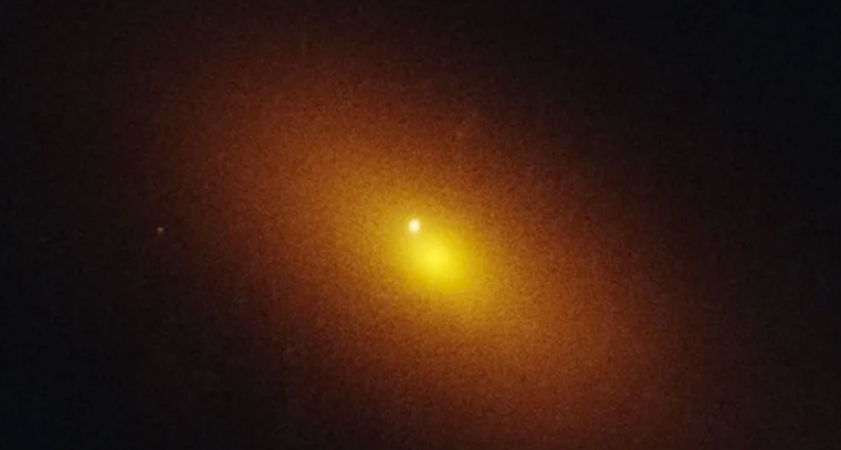Astronomers have observed a black hole far from its galaxy’s center tearing a star apart—providing the first direct evidence of a rogue supermassive black hole in action. This event, named AT2024tvd, occurred about 600 million light-years from Earth. The black hole involved, which has a mass approximately one million times that of our Sun, was unexpectedly found 2,600 light-years from the core of its host galaxy—where a much larger black hole, weighing 100 million solar masses, also resides. This marks the first known example of an “off-center” tidal disruption event (TDE), where a star is stretched and shredded by intense gravitational forces.
The discovery, led by Yuhan Yao of UC Berkeley and detected initially by the Zwicky Transient Facility with follow-up from the Hubble Space Telescope, may pave the way for identifying more rogue black holes. While the presence of two supermassive black holes in a single galaxy isn't unusual—due to the common occurrence of galactic mergers—the fact that this smaller black hole is unbound from the galaxy’s nucleus presents an intriguing puzzle.
Scientists suggest it may be a relic of a past galactic merger or the result of a dynamic interaction involving multiple black holes. If so, it could eventually spiral inward and merge with the central black hole, producing gravitational waves detectable by future missions like the Laser Interferometer Space Antenna (LISA), set to launch in 2035. These rare TDEs offer unique opportunities to uncover and study elusive, otherwise invisible massive black holes. The findings are detailed in a paper accepted by The Astrophysical Journal Letters.

